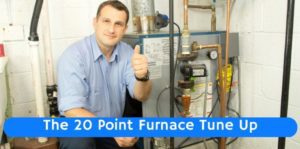
Have you ever wondered what repair technicians are actually doing when they’re called to tune up your furnace? That’s totally fair. You’re probably not an HVAC expert, and it’s easy to get paranoid that you’re being taken for a ride when you don’t have the knowhow to question the expert.
Blue Ox wants you to trust us completely when you call us for help. That’s why we’re breaking down our signature 20 point furnace tune up, step-by-step. When you call us with any furnace job, this is exactly what we do.
1. Test and cycle air conditioner
Air conditioners work by circulating the air in your home through the air conditioning unit. As air passes through the unit, the refrigerant contained in the unit cools the air. Then, the unit blows the cooled air back out into the home.
If something is wrong with the cooling component of your HVAC, the easiest way to tell is by letting it cycle. If something goes wrong during the cycle, we’ll be able to isolate and fix the problem.
2. Calibrate thermostat
If your furnace isn’t heating properly, it might just be because it’s not properly communicating with the thermostat. If the furnace doesn’t receive the thermostat setting, it won’t know how when it’s supposed to heat your home.
Calibrating the thermostat ensures that the furnace is receiving your instructions and heating your home to the exact temperature you specify.
3. Inspect gas piping and valve
If your gas-powered furnace isn’t receiving gas, it can’t function. Worse, your gas pipe or valve may have sprung a leak, which is dangerous. By inspecting these elements right away, we make sure you don’t have to worry about that.
4. Verify proper ignition
Gas needs to burn to provide fuel. To burn, gas needs to be ignited. If your furnace can’t ignite its gas, it can’t create heat.
We make sure the ignition is firing at the proper time and with the proper force to ignite the gas and kickstart the heating process.
5. Check and record temperature rise
Your furnace should be hitting the desired temperature at a specific time, determined by several factors including the size of your house, the age of the furnace, and the temperature desired.
By checking the temperature rise, we can figure out whether or not your furnace can do this. If it can’t, knowing the rise rate will help us find and solve the reason why not.
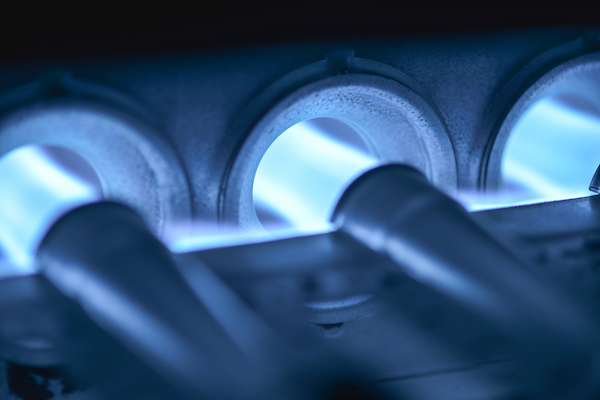
6. Clean burners and adjust for maximum efficiency
If your furnace isn’t raising the temperature as effectively as it could be, it could be because the gas burners are dirty or maligned. Cleaning and re-adjusting the burners will solve this possible problem.
7. Clean flame sensor
Flame sensors make sure gas only enters the furnace when a flame is present to ignite and burn it. If gas got into the furnace any other time, it could build up and become dangerous. If the flame sensor doesn’t detect a flame, it turns off the furnace.
When a flame sensor gets dirty, it might fail to sense a flame even if it’s there. Then, it turns off your furnace even though nothing’s wrong! We clean the flame sensor thoroughly and make sure it’s working.
8. Safety check all controls for proper operation
Malfunctioning controls can make your furnace ineffective or even dangerous. Our technicians make sure all the controls on the furnace unit are doing what they’re supposed to.
9. Check for gas leaks near furnace
A gas leak in the area around your furnace could lead to a dangerous and property-damaging explosion.
We check the gas line from the point it enters the furnace all the way to where it enters your home, to make sure you don’t have a leak anywhere.
10. Inspect blower assembly operation, lubricate and adjust as necessary
Warm air can’t circulate throughout your house if your blower assembly isn’t working right. Blowers need to be periodically lubricated and adjusted to maintain maximum efficiency.
Operating the blower allows us to see any problems and gives us a good idea of how to fix them. Then we can make sure your blower is maintained and effective.
11. Test for carbon monoxide
Carbon monoxide is a gas produced by burning carbon products in oxygen-deprived environments. It’s highly toxic and very dangerous to inhale.
The furnace’s exhaust system usually filters out carbon monoxide safely; we make doubly sure it’s doing its job effectively, so your furnace is not producing or circulating the gas through your house.
After we’ve completed the first eleven steps and solved any problems encountered, we also visually inspect and, if necessary, repair the following:
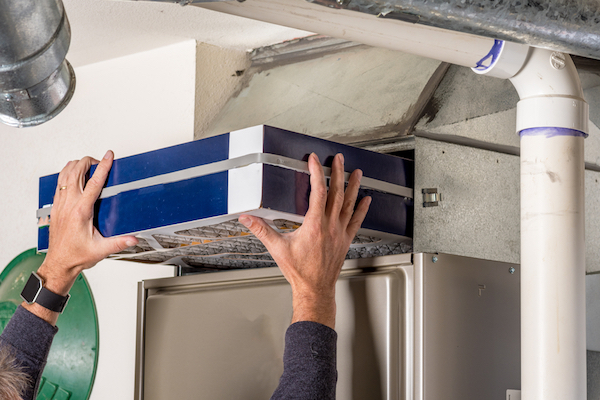
12. Air filters
Your HVAC’s air filters make sure airborne pollutants don’t circulate through your home by blocking them during the air cycling process. Over time air filters get dirty with blocked pollutants and need to be replaced.
13. Primary heat exchanger
A heat exchanger allows heat to transfer from one liquid or gas to another, without the two liquids or gases coming into direct contact. The primary heat exchanger is how your furnace’s lets heat and not gas into the processed air.
The primary heat exchanger is the primary way furnaces transfer heat into the air in your home. We make sure it’s doing its job correctly.
14. Secondary heat exchanger
Most furnaces have two heat exchangers, to transfer heat more efficiently. Secondary heat exchangers are usually at a higher risk of damage than primary exchangers, because they’re smaller.
We make sure to check both heat exchangers for problems or damage, every time.
15. Combustion intake and exhaust piping
Oxygen is required for ignition and burning. Your furnace’s combustion air intake lets oxygen directly into the furnace, so that gas burning is possible. Exhaust piping collects the excess emissions from combustion and vents them through a pipe leading outside.
Blue Ox technicians inspect the combustion intake and exhaust piping to ensure both are correctly transferring air in and out of the furnace.
16. Electrical connections
Furnaces use electricity to communicate with the thermostat and to start and control furnace functions. Blue Ox technicians safely inspect and maintain these electrical connections, in order to ensure they are working properly.
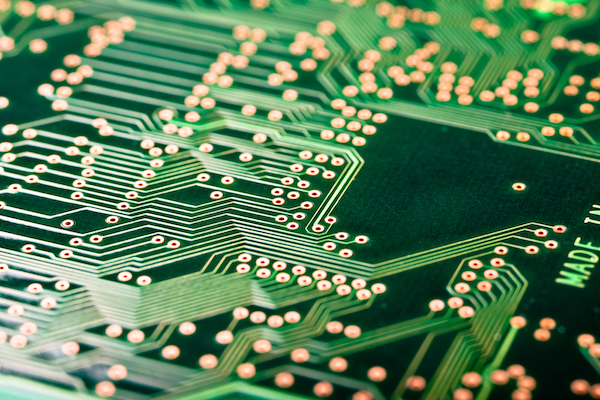
17. Circuit boards
Printed circuit boards connect electronic components using conductive tracks and pads etched into the board from copper sheets. They ensure effective transference of electricity to all electrical connections in the furnace and make sure electricity is flowing to the proper electrical connections.
We make sure your circuit boards are performing effectively and aren’t under too much strain.
18. Blower assembly
We observe the blower assembly in action to make sure it’s working earlier in the process, but we give it a second glance while it’s not operating now. This inspection lets us know if the blower assembly is damaged, old, or under strain.
19. Draft inducer assembly
The draft inducer assembly uses a fan to pull air through the heater exchangers and sends it through the vent piping. It prevents carbon monoxide build up and relieves pressure.
We make sure the assembly, including the fan and the electrical connection running it, is working properly and efficiently.
20. Furnace condensate drain line
Furnaces generate condensation during normal operation. This condensation drains out of the furnace via the condensate drain line.
If the condensate drain line gets blocked, condensation will build up inside the furnace and become an efficiency or safety issue. We clear the condensate line to ensure condensation drains properly.
Blue Ox’s certified experts perform these 20 steps during every tune up we do. They’d be happy to walk you through the steps themselves, so go ahead and ask! If you want a 20 point furnace tune up, or if you’re having any other heating and cooling problems, give us a call anytime. We’ll make sure your problem is solved and you are satisfied.

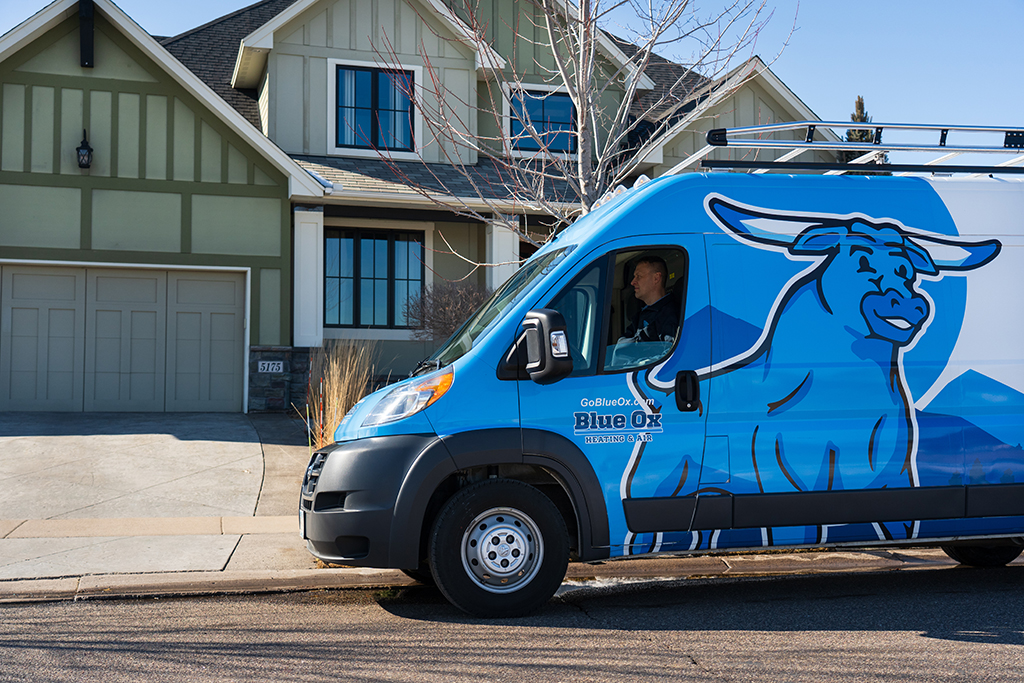

Comments are closed.